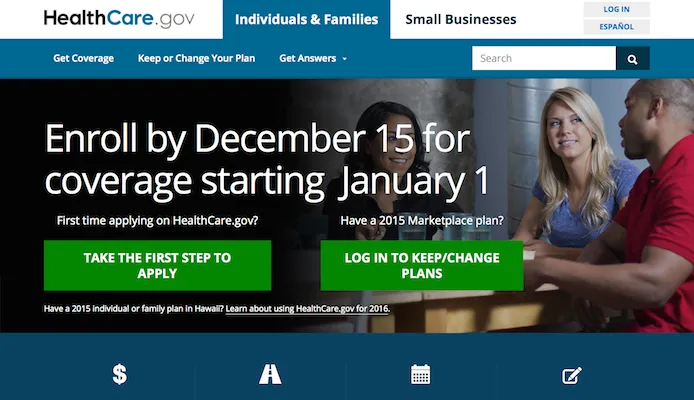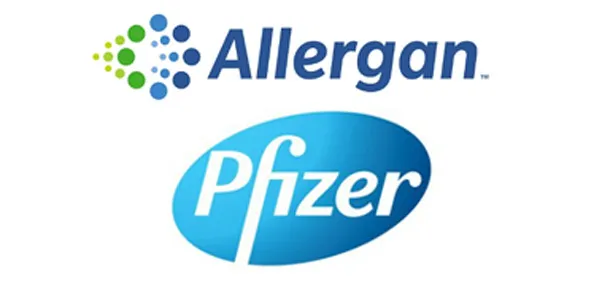If the lack of medication adherence were an easy problem to solve, then everyone would be taking their medicines as directed, there would be no need for iPhone apps or electronic pill bottle reminders, patient health outcomes would be improved, and overall health care costs would be lower because of reduced complications or hospitalizations.
Dan Leonard
Yet patients’ adherence to their medication regimens continues to be an issue, partly because human nature means that we’re forgetting to take our medicine, but also because access to those medicines and adherence go hand in hand. Without access to needed medicines, it’s impossible to be adherent in the first place.
What has changed in recent years that has made it more challenging to get medicines to the people who need them?
Under the Affordable Care Act, we’ve noticed a growing trend toward high-deductible health plans, higher out-of-pocket costs, higher premiums and tiered formularies, all of which are playing a role in reducing access to needed medications. Putting these barriers to care in place has also contributed to reduced adherence, while increasing costs to the health care system. In fact, between $100 billion and $300 billion in avoidable health care costs have been attributed to medication nonadherence in the U.S. annually.
Today more employers, as well as the exchanges, are moving toward such high-deductible health plans as health savings accounts, in which employees can deposit part of their pretax income and have ownership of the account, which they can then use for medical or long-term care.
According to a recent survey by PricewaterhouseCoopers, 85% of companies say they are considering or have already implemented greater cost shifting to workers — a move expected to hold the increase in employers’ health care costs to 4.5% in 2016. Employers are also moving in this direction as a result of the so-called Cadillac tax, the excise tax set to go into effect in 2018 for expensive health plans.
For lower-income employees or those who have high health care needs, however, high-deductible health plans (HDHPs) can impose a bigger burden through out-of-pocket costs, potentially causing these employees to leave prescriptions unfilled, reducing their compliance with necessary treatments or avoiding care altogether.
This, according to the study, is a major concern, given that “a quarter of companies reported only offering a high-deductible plan to employees, double the level from just three years ago. The average deductible for employer-based plans is now $1,200, up from $680 just five years earlier.”
Having a high-deductible plan is just part of the challenge for many employees. If workers in an HDHP have complex or multiple conditions, the treatments they need may not work for the “average” patient. Those treatments tend to be on a higher tier of the formulary, meaning that the cost is not fully covered by the health plan or has a higher co-pay.
Studies have found that when medication co-pays doubled among privately insured patients with chronic conditions, medication use declined between 8% and 23%. Interestingly, for patients with such chronic conditions as diabetes, lipid disorders and congestive heart failure, higher prescription drug cost sharing was associated with such negative “downstream” effects as more use of expensive medical services and outpatient medical care.
When it comes to out-of-pocket costs, health plans tend to have caps on the maximum amount that a consumer must pay. Those caps are often still too high for most people, especially for lower-income individuals.
In 2015, for example, qualified HDHP plans must place caps of $6,450 on total out-of-pocket expenses for individuals and $12,900 for families. But this is a significant percentage of income for those with incomes at twice the poverty level. The more an individual has to pay out of pocket, the more likely it is that the person will skip the medicine, which could worsen his or her condition, leading to hospitalization and even higher costs for him or her and the health care system in the long run.
So what can we do to improve access and adherence? Health care stakeholders have been looking at a number of approaches, including changes to co-pays, encouraging the use of higher-value care and improving medication therapy management.
Regarding co-pay issues, health plans requiring step-edit therapy could consider a “good soldier” approach. In other words, patients who diligently follow all of the steps required by their health plans, such as trying the first line of therapy for their conditions until they reach the optimal treatment option, should not be required to pay a higher co-pay for that treatment. It’s not the patients’ fault if their biological makeup means that they need treatments that are on a higher tier, with higher co-pays; therefore, these patients should not be further penalized by higher costs.
The challenge, however, is ensuring that patients who switch health plans during an open enrollment period do not have to repeat those same steps with the new plan. Repeating the steps once a patient has stabilized on a particular treatment could have severe health consequences.
Another consideration is value-based insurance design (VBID), a model of insurance design that provides more generous coverage for services that offer known, evidence-based value and less-generous coverage for those where value is low. In other words, VBID shifts the focus from “how much” to “how well” we spend health care dollars. VBID is driven by the concept of clinical nuance, which recognizes that medical services differ in the benefit they provide, as well as the benefit each individual patient experiences from a particular service.
Additionally, by shifting the focus from how much we spend to how well we spend, we can help to eliminate the waste in the health care system. Reducing spending on services that are not as effective could enable us to afford spending in more effective places.
As for medication therapy management — in which pharmacists work to optimize drug therapy and improve therapeutic outcomes for patients — part of the challenge is having the right infrastructure in place. Health plans that have a one-size-fits-all approach don’t allow for the flexibility needed by patients with more complex or multiple conditions. Care needs to be coordinated and communicated among all providers, and payers like Medicare need to be able to track data to understand what elements are working well or have room for improvement.
Improving access and, with it, medication adherence is an ongoing health challenge that we haven’t successfully addressed. It will take all health care stakeholders, working together, to implement the solutions that will improve health outcomes, lower costs and make our health system more efficient.
Dan Leonard is president of the National Pharmaceutical Council.









